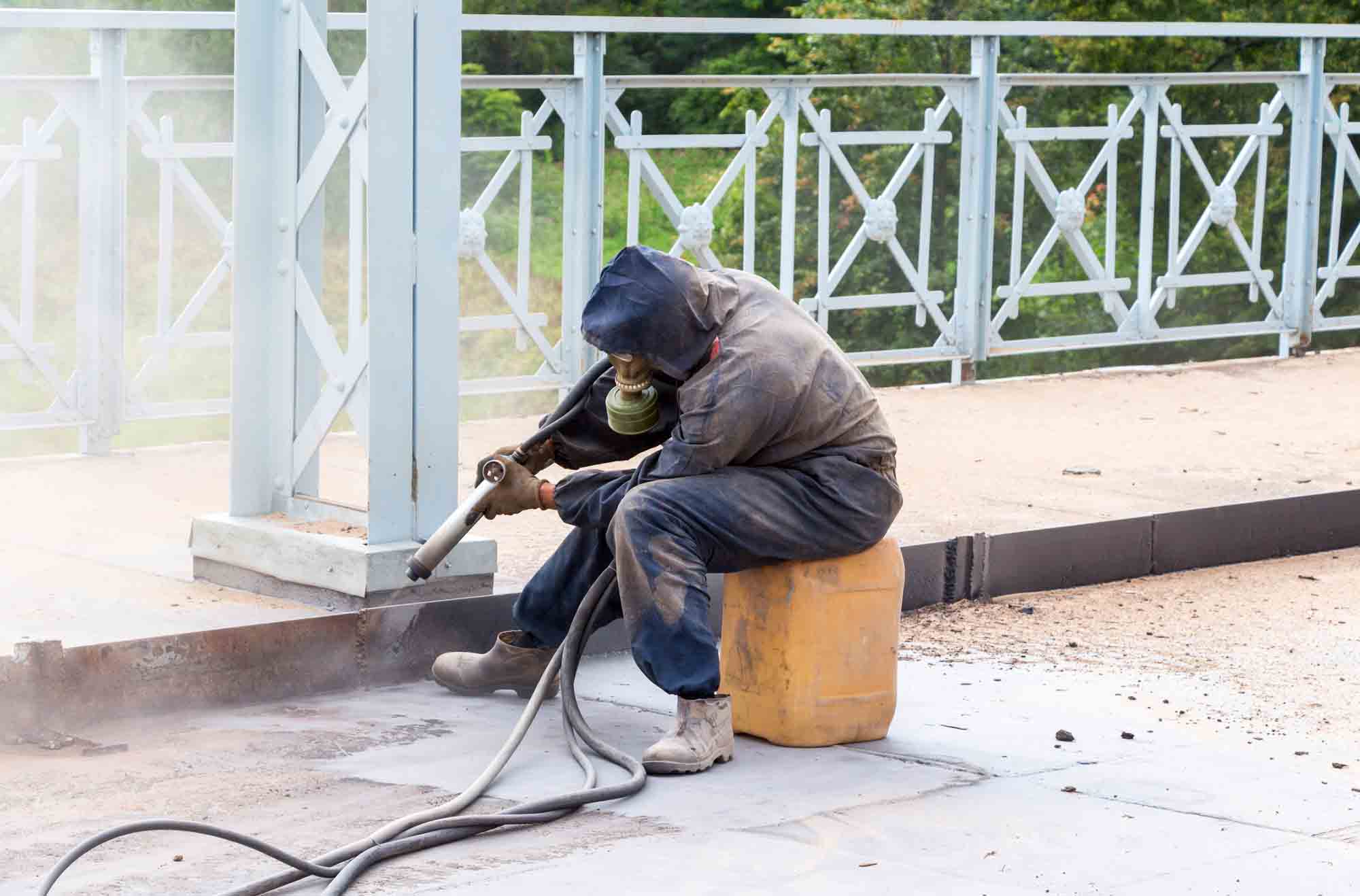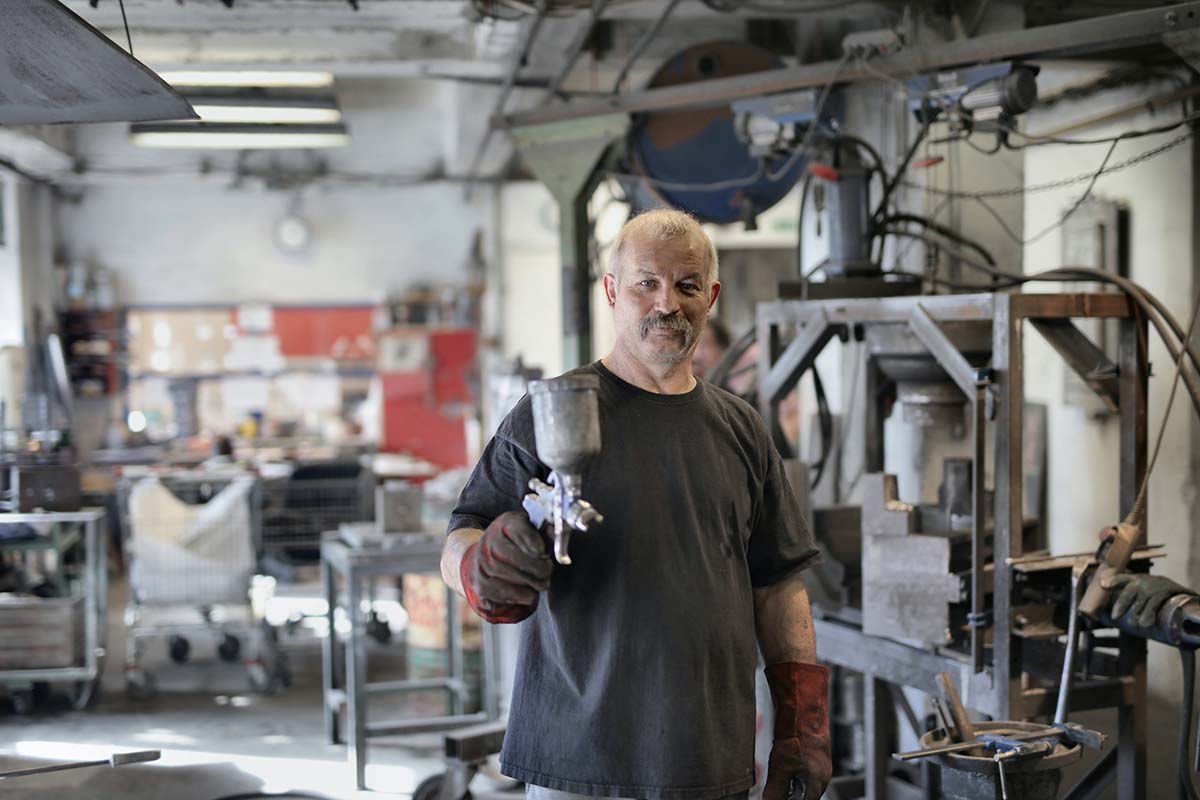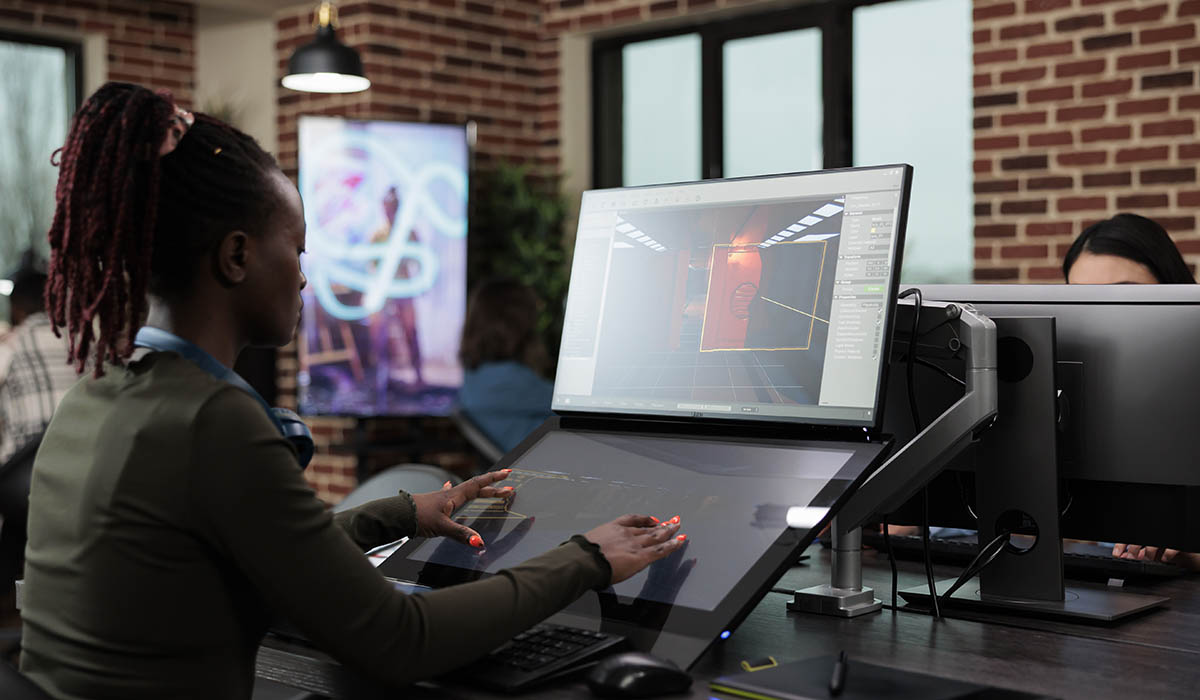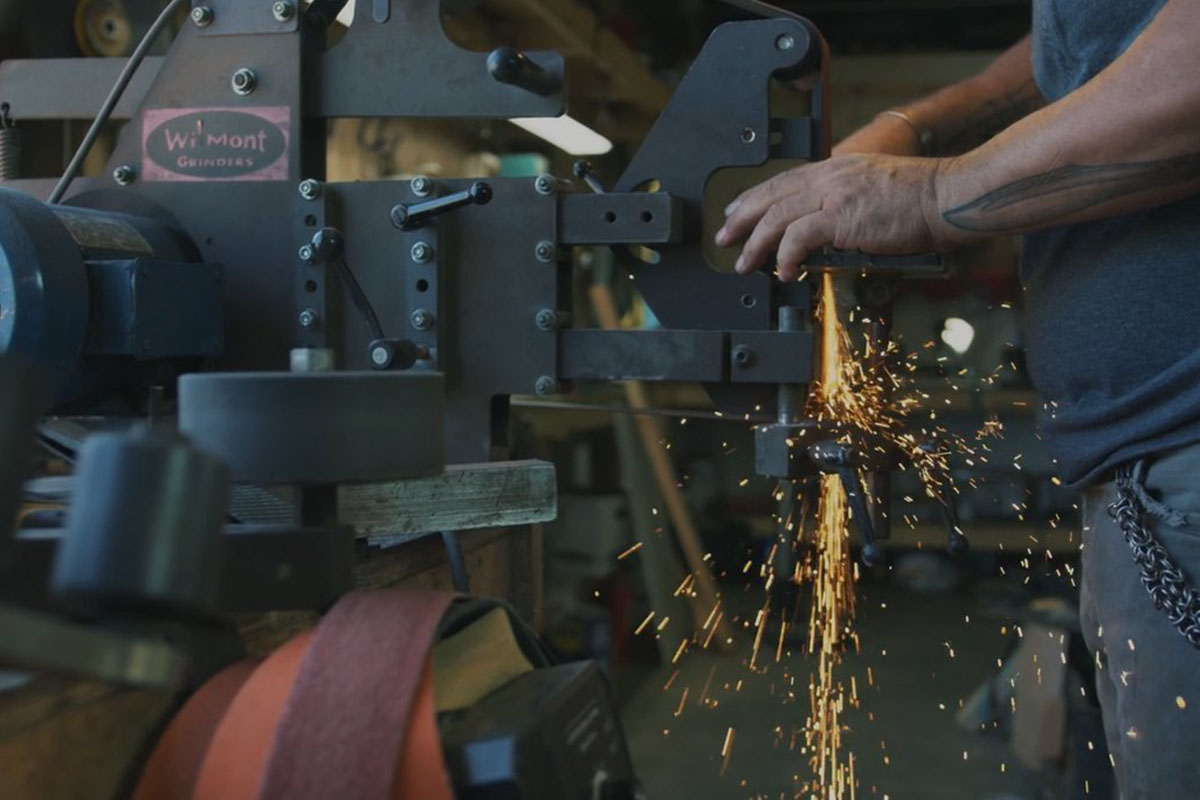In the world of surface preparation and restoration, portable sandblasters have become indispensable tools.
They provide a fast, efficient, and eco-friendly way to remove rust, paint, and other stubborn materials from various surfaces. The following article will discuss everything you need to know about portable sandblasters.
Understanding Portable Sandblasters
Sandblasting, or abrasive blasting, is a process in which an abrasive material is propelled at a very high velocity toward a surface. This process helps remove contaminants or create a desired texture.
A Portable sandblaster is a compact, easy-to-use version of this technology, allowing for greater mobility and versatility in various applications, such as automotive restoration, home renovation, and industrial cleaning.
Advantages of Portable Sandblasters
There are various benefits to using portable abrasive sandblasters:
- Mobility: As the name suggests, these sandblasters are easy to move around, making them perfect for on-site projects and jobs that require frequent relocation.
- Versatility: Portable abrasive blasters can be used on various surfaces such as metal, wood, glass, and concrete.
- Eco-friendliness: Sandblasting is a dry process that does not produce harmful waste materials. Moreover, many portable abrasive blasters allow for recycling abrasive media, reducing environmental impact.
- Time and cost efficiency: Portable abrasive sandblasters can significantly reduce the time and effort required for surface preparation and restoration, leading to cost savings for professionals and DIY enthusiasts.
Types of Portable Sandblasters
Portable sandblasters come in three primary types:
- Siphon Sandblasters: These sandblasters work by creating a vacuum that pulls abrasive media from a container and propels it towards the surface.
- Pressure Sandblasters: A pressure sandblaster stores abrasive media in a pressurized tank and releases it through a blasting nozzle. These sandblasters are more powerful and efficient than siphon types, making them suitable for larger projects and heavy-duty applications.
- Gravity-Fed Sandblasters: In gravity-fed sandblasters, abrasive media is stored in a hopper above the blasting gun. These sandblasters offer precise control and are ideal for detailed work or projects that require a gentler approach.
Essential Components of Portable Sandblasters
Several key components make up a portable sandblaster:
- Air Compressor: This air pressure is necessary to propel the abrasive media.
- Blasting Gun: The blasting gun directs the flow of abrasive media onto the surface being treated.
- Abrasive Media: This is the material used to strip away contaminants and create the desired surface texture.
- Hoses and Connections: These components ensure air and abrasive media flow between the compressor, blasting gun, and storage containers.
Choosing the Right Portable Sandblaster for Your Needs
When selecting a portable sandblaster, consider the following factors:
Application: Determine the type of work you will be performing and the surfaces you will treat.
Size and Power: Choose a sandblaster with the appropriate size and power to handle your projects. Larger, more powerful sandblasters are better suited for heavy-duty applications, while smaller, less powerful models are ideal for detail work and lighter tasks.
Type of Abrasive Media: Different types of abrasive media are better suited for specific surfaces and applications. Research the best media for your needs and ensure the sandblaster you choose is compatible with it.
Portability: Consider the weight and mobility of the sandblaster. A lightweight, easy-to-carry model will be more convenient for on-site work or frequent relocation.
Safety Tips and Best Practices
Working with portable abrasive sandblasters requires adherence to safety guidelines and best practices:
- Wear appropriate personal protective equipment (PPE). PPE includes goggles, gloves, ear protection, and a dust mask or respirator.
- Ensure proper ventilation when working indoors or in confined spaces.
- Use the correct abrasive media for your application, and avoid using overly aggressive media on delicate surfaces.
- Follow the manufacturer’s guidelines for safely operating and maintaining your portable sandblaster.
- Never point the blasting nozzle at yourself or others; always disconnect the air supply when not in use.
Proper Maintenance for Longevity and Efficiency
Regular maintenance is key to keeping your portable sandblaster operating efficiently and prolonging its lifespan:
Inspect and replace worn or damaged components, such as hoses, nozzles, and seals.
Clean and lubricate moving parts, such as the blasting gun trigger and connections, to prevent corrosion and ensure smooth operation.
Replace abrasive media as needed to maintain optimal performance.
Drain and dry the air compressor and tank regularly to prevent moisture buildup, which can lead to rust and decreased efficiency.
Frequently Asked Questions
Ques. Can any abrasive media be used in a portable sandblaster?
No, not all sandblasters are compatible with every type of abrasive media. With that said, some very high performing abrasives, such as this aluminum oxide blasting media, can be be used in sandblasting equipment for things like steel.
As a good rule of thumb, you should always refer to the manufacturer’s guidelines to determine which media are suitable for your specific sandblaster.
Ques. How to know when to replace the abrasive media?
Monitor the performance of your sandblaster and the quality of the work it produces. If you notice a decrease in efficiency or uneven results, it may be time to replace the abrasive media.
Ques. Can delicate surfaces, such as glass or soft wood be sandblasted?
Yes, but you should use a gravity-fed sandblaster with a gentle abrasive media, such as crushed walnut shells or baking soda, and adjust the air pressure to a lower setting to avoid damaging the surface.
Conclusion: Embrace the Versatility of Portable Sandblasters
In conclusion, portable sandblasters have become essential for professionals and DIY enthusiasts. Their versatility, eco-friendliness, and efficiency make them indispensable for various surface preparation and restoration tasks.
By making informed decisions, prioritizing safety, and performing routine maintenance, you can maximize the benefits of your portable sandblaster, ultimately saving time and money while delivering exceptional results across a wide array of projects. Embrace the power of portable sandblasting and transform the way you approach surface treatments.
Portable abrasive sandblasters have also revolutionized the way we approach surface preparation and restoration. With their ability to tackle a wide range of projects, these versatile tools are a valuable addition to any professional or DIY enthusiast’s toolbox.
By understanding the types of sandblasters, their essential components, and how to choose one, you can unlock the full potential of this powerful and eco-friendly technology. Remember to always prioritize safety and follow proper maintenance practices to ensure the longevity and efficiency of your portable sandblaster.




















